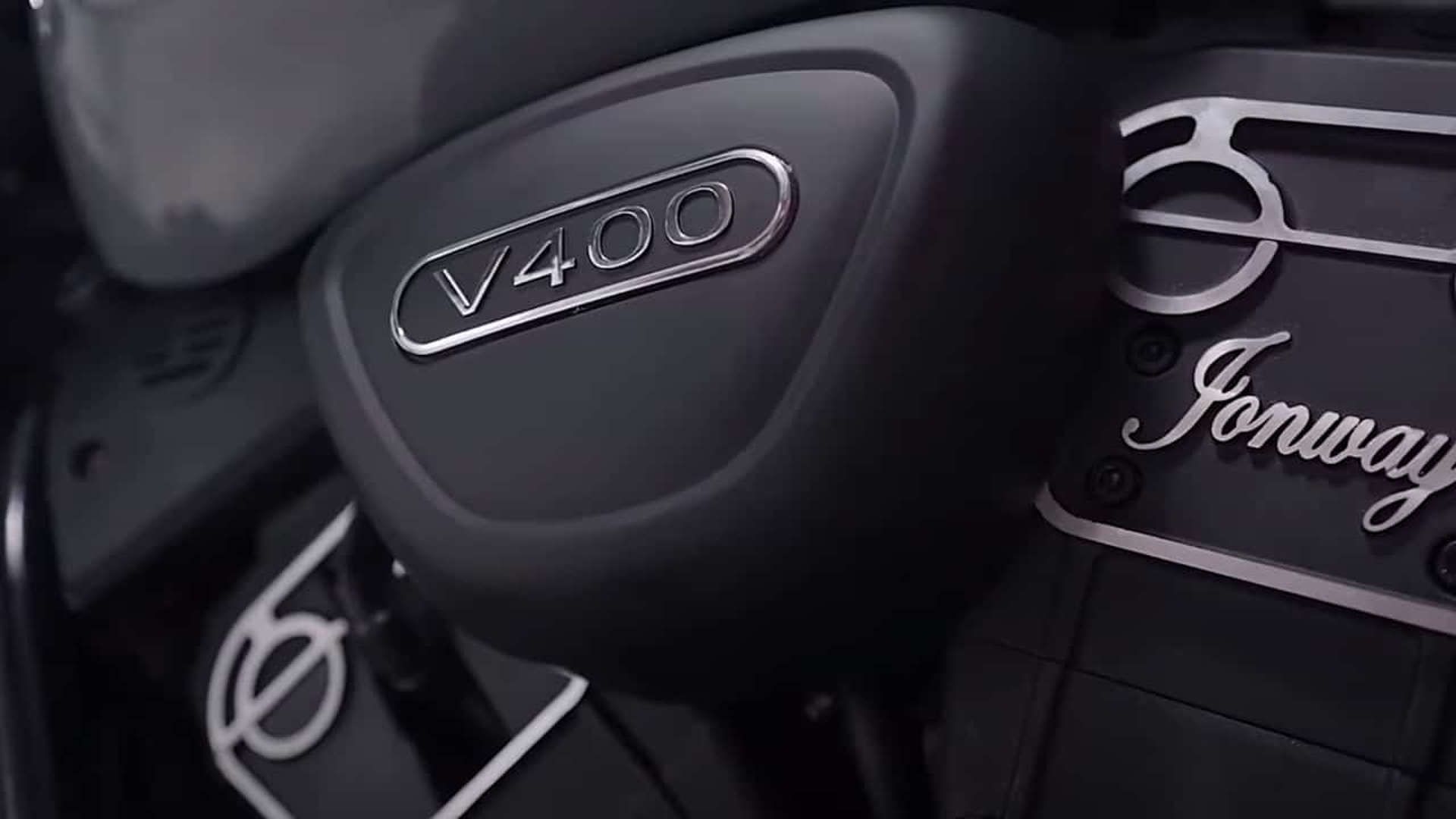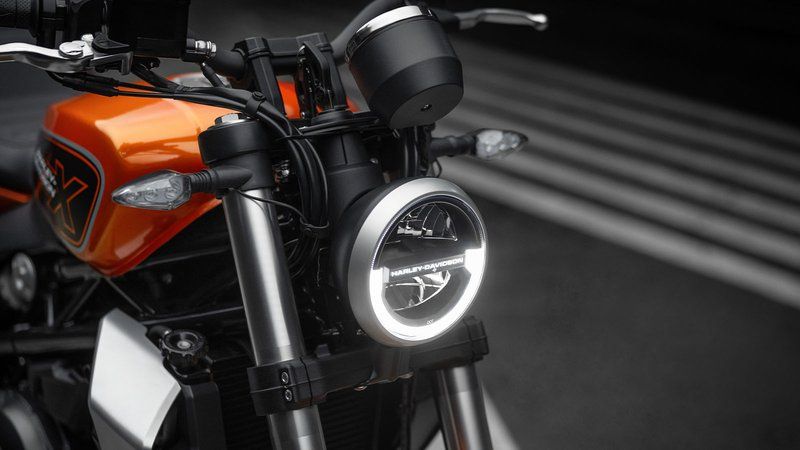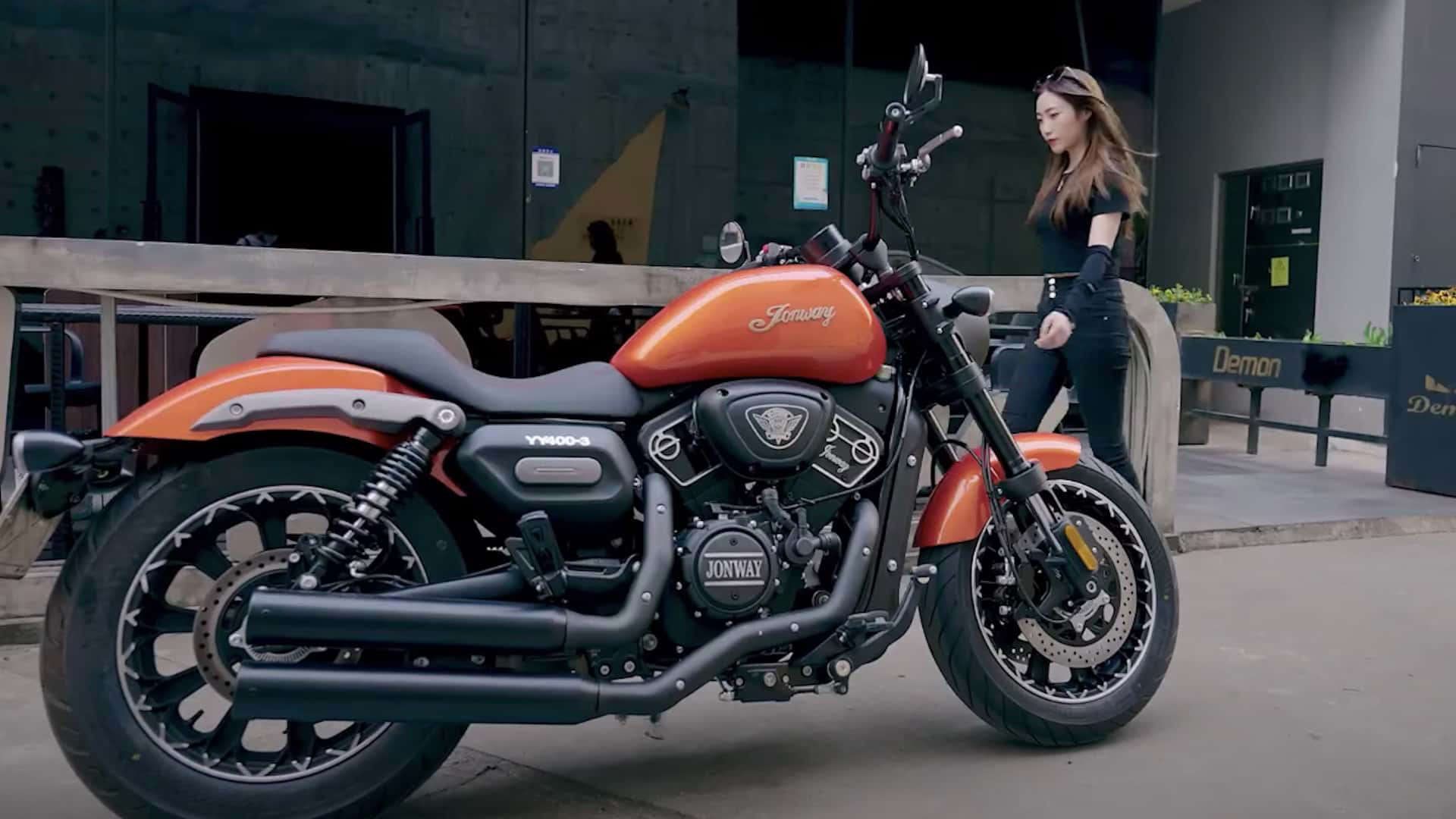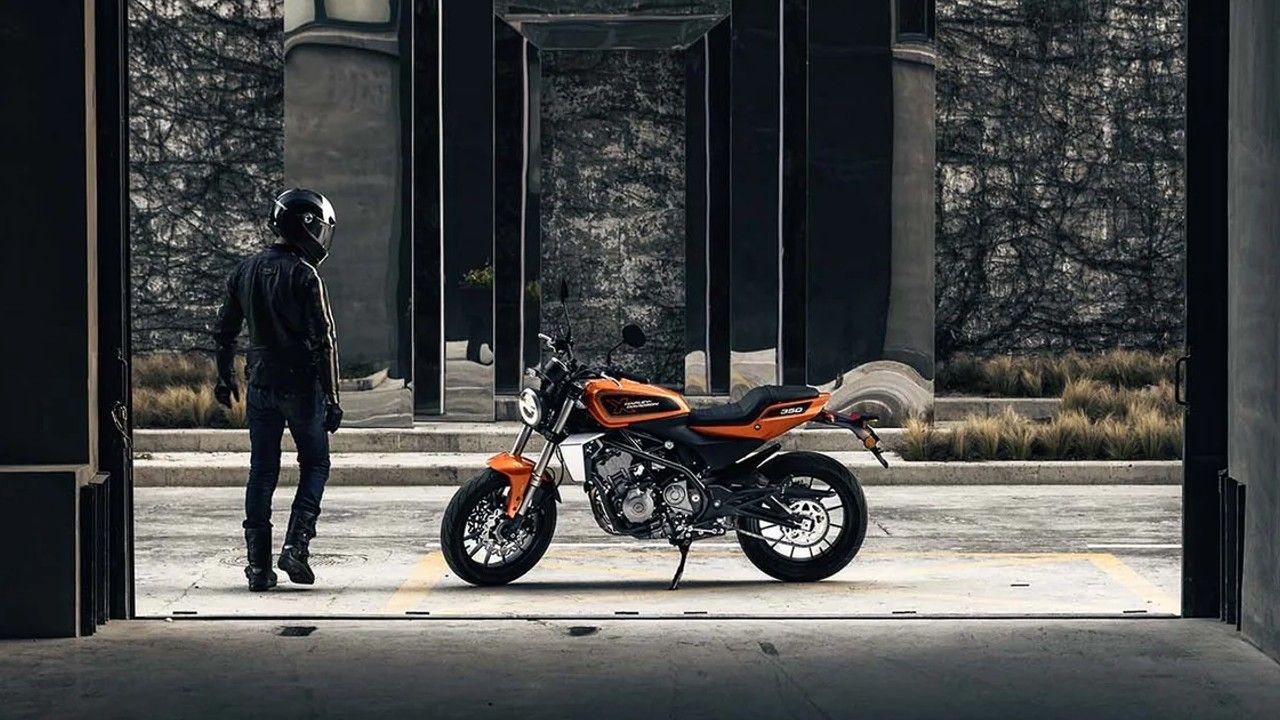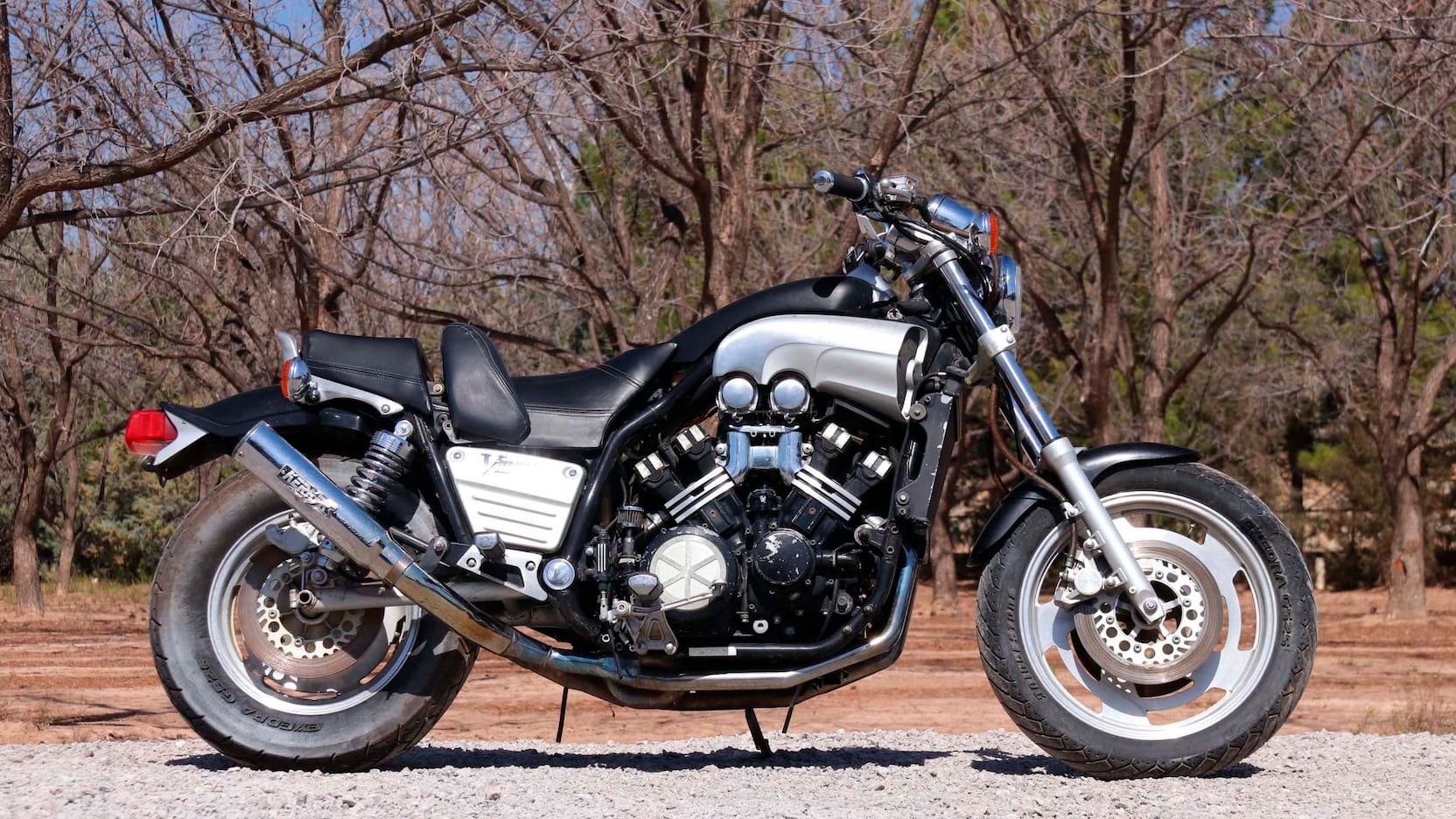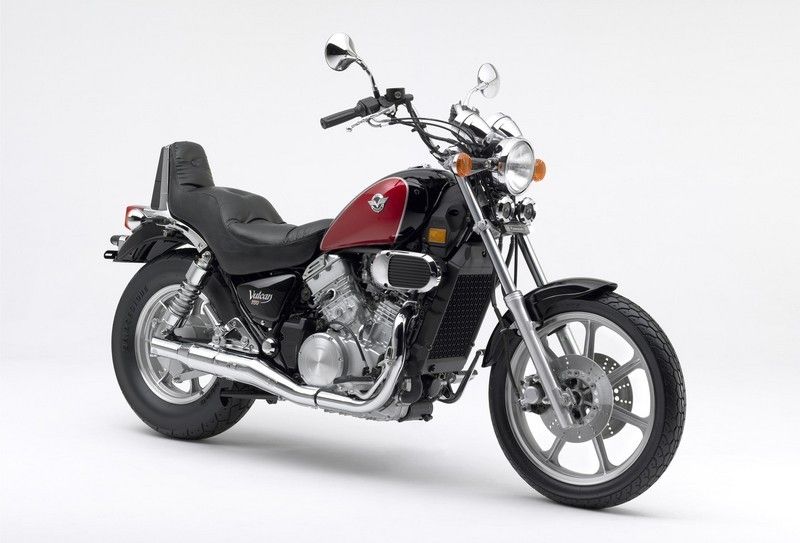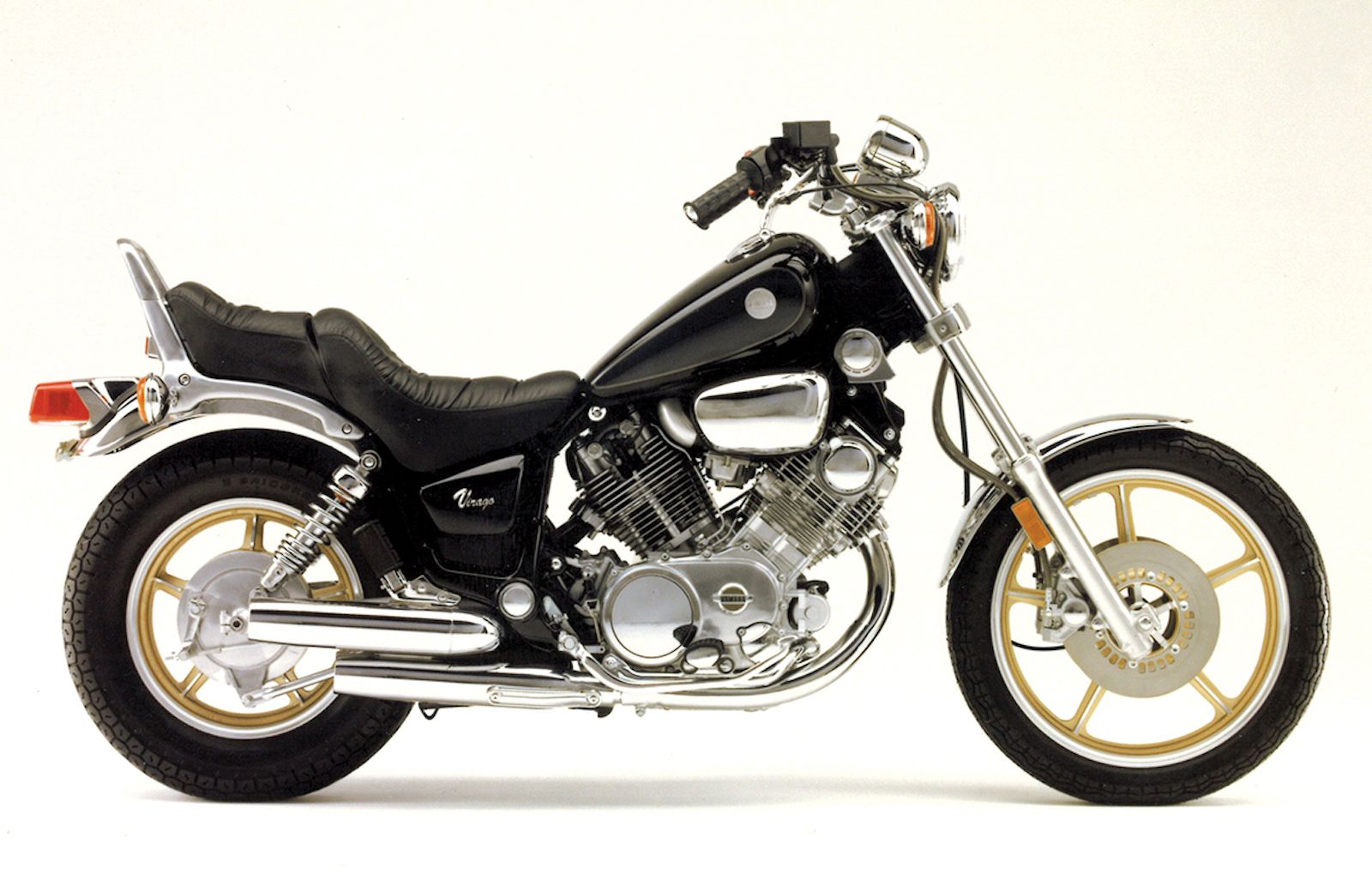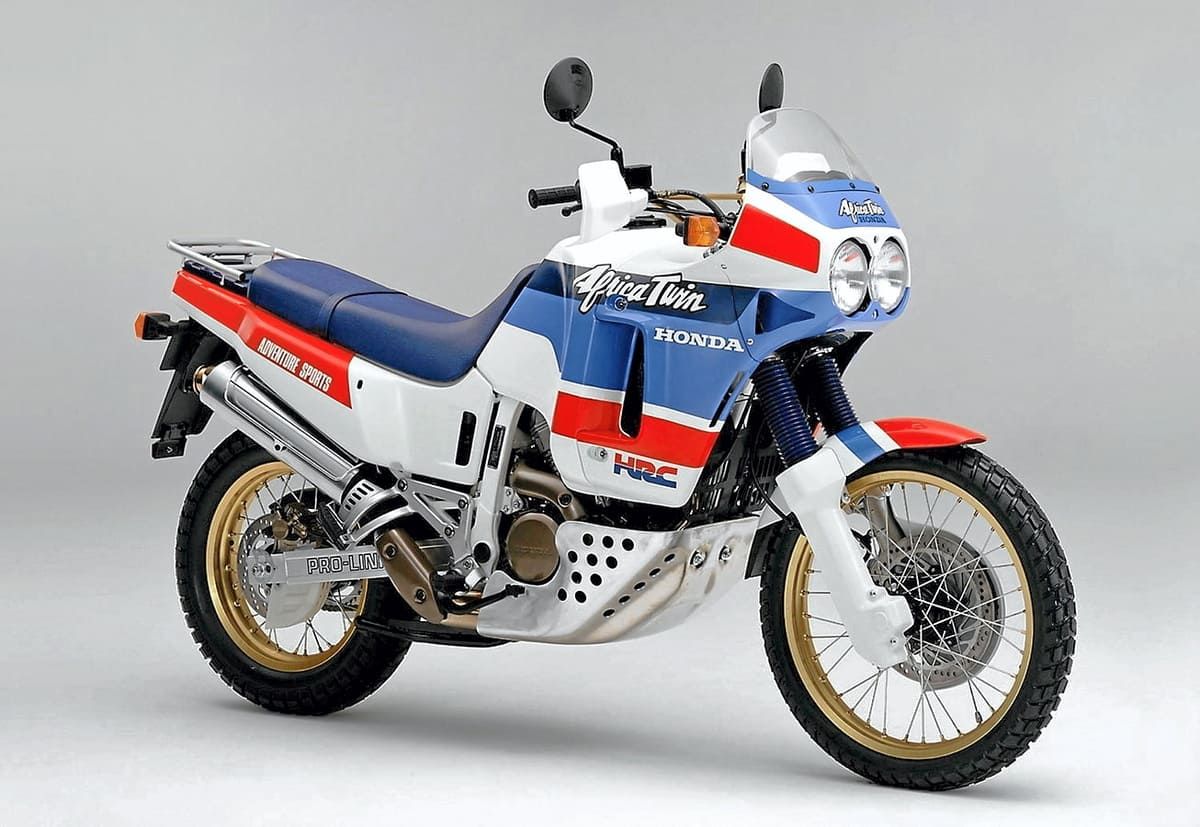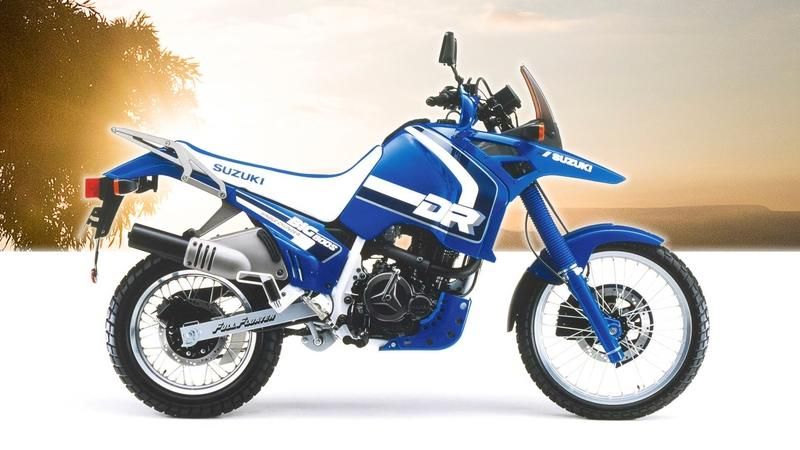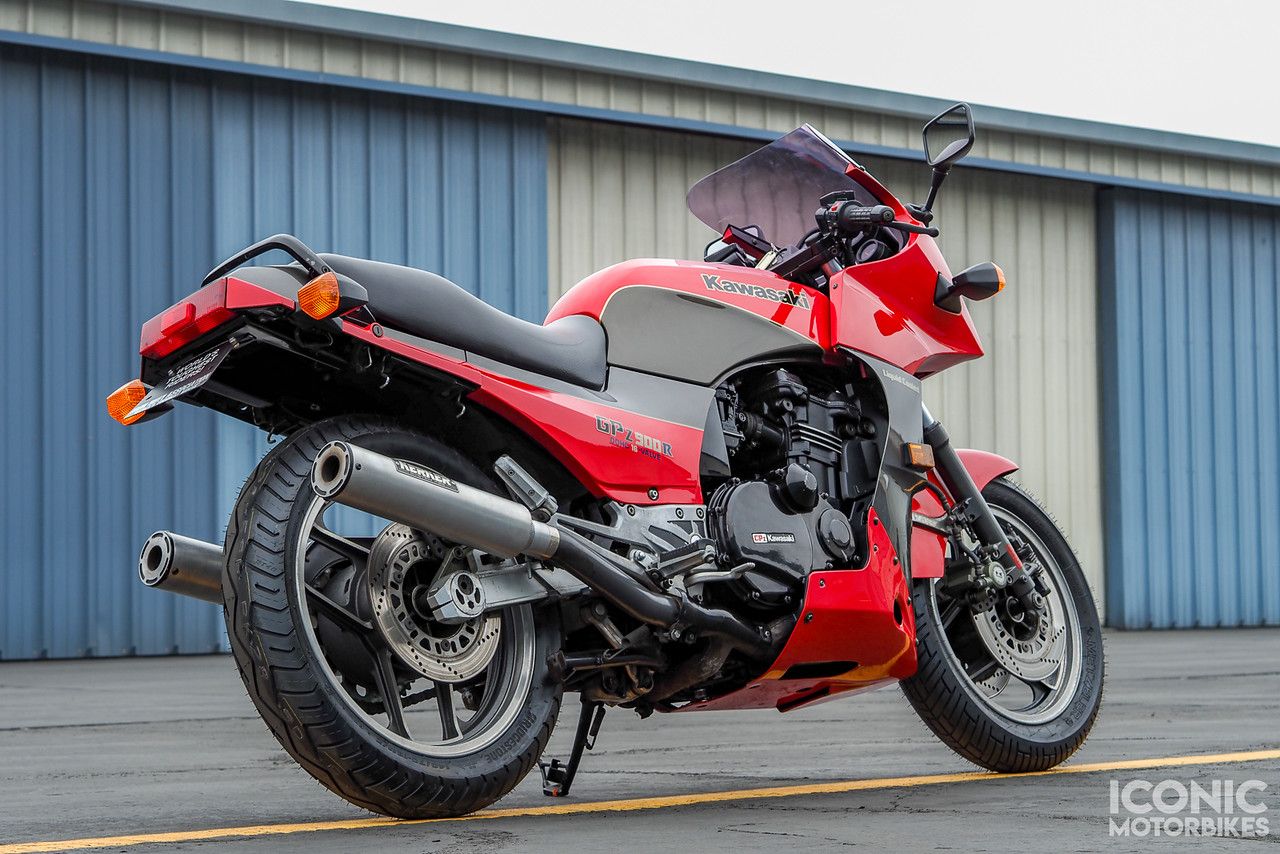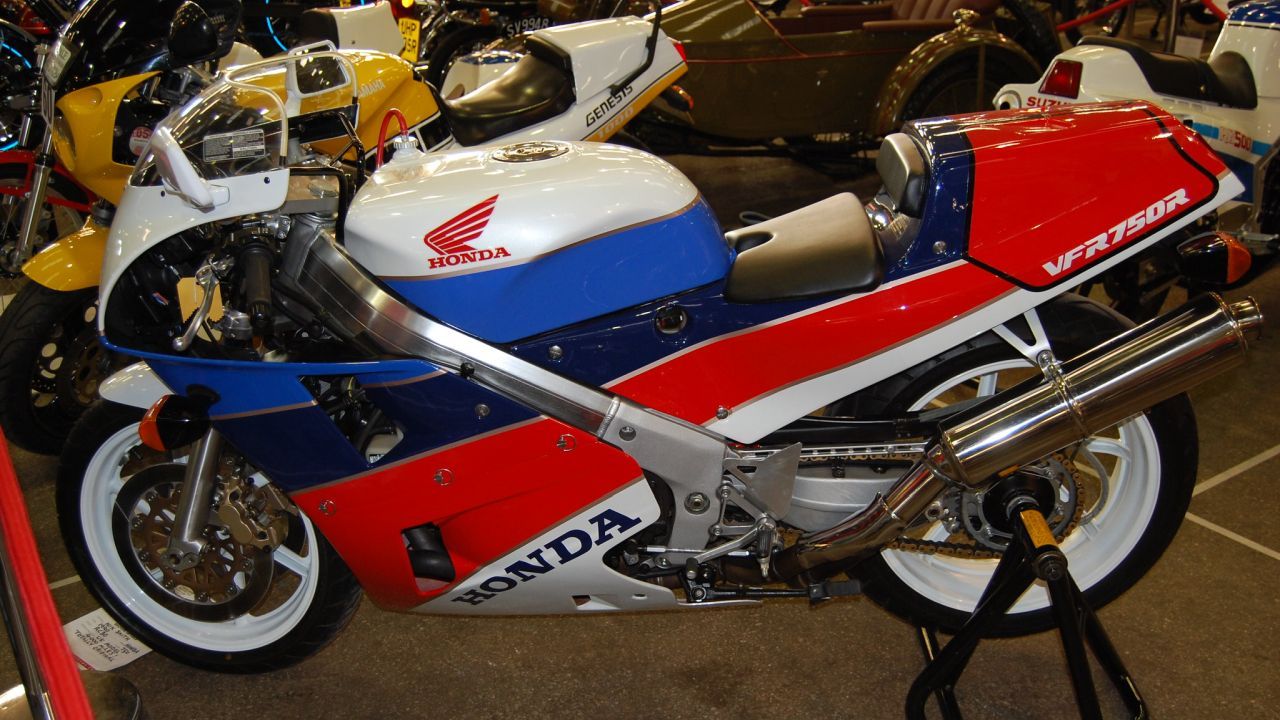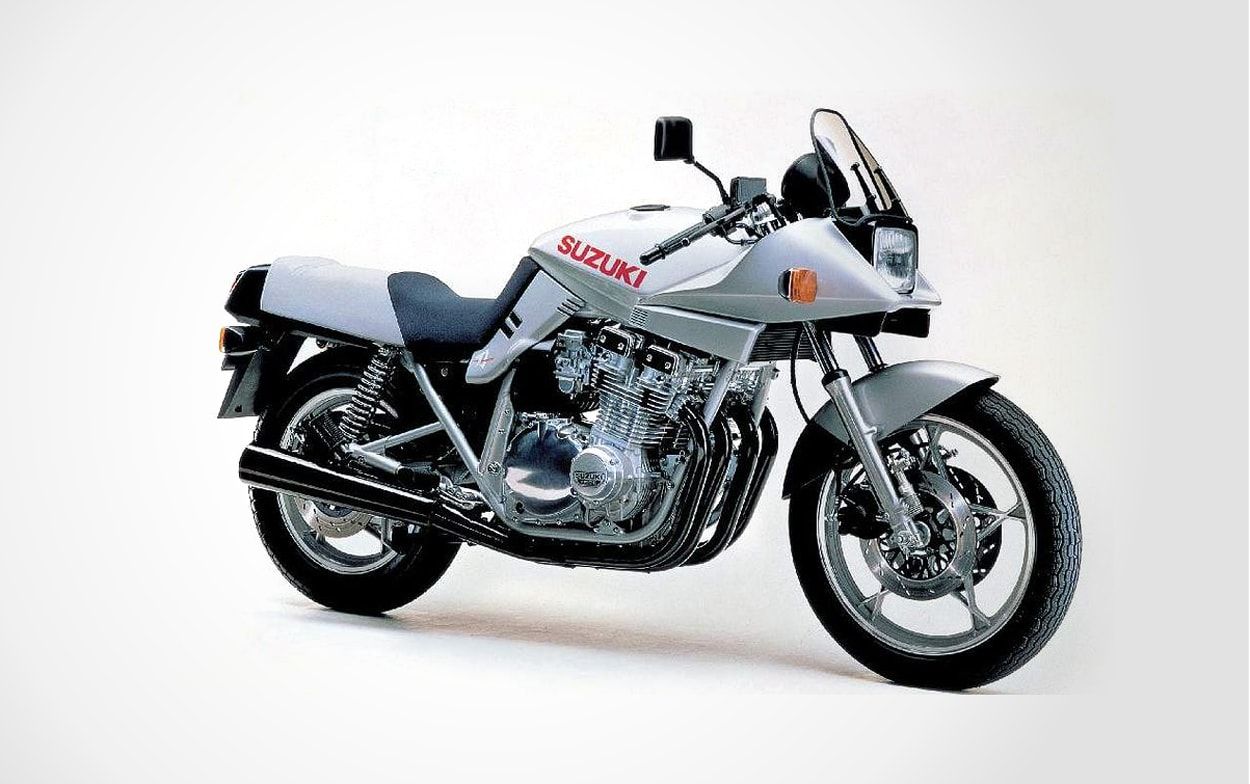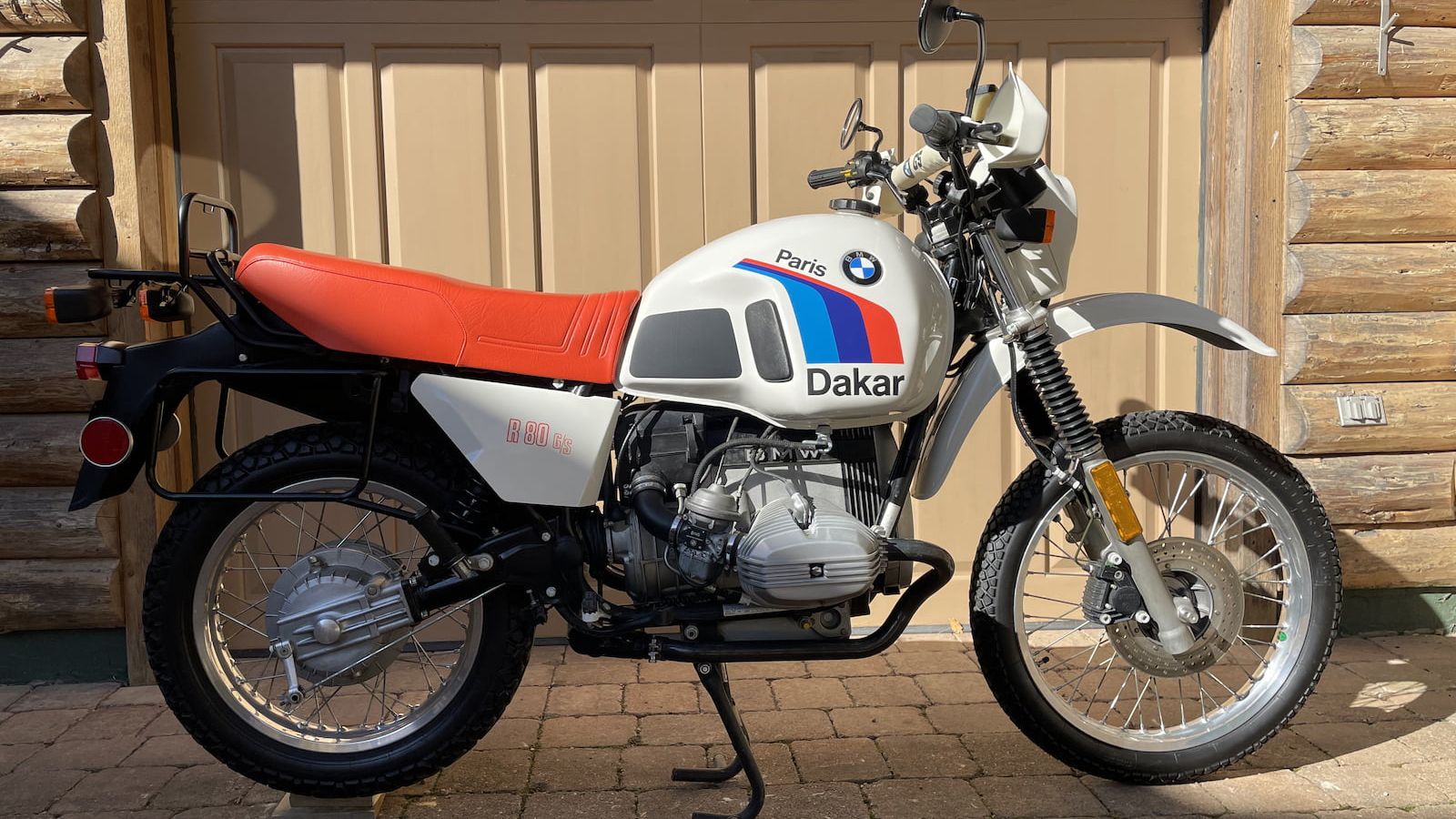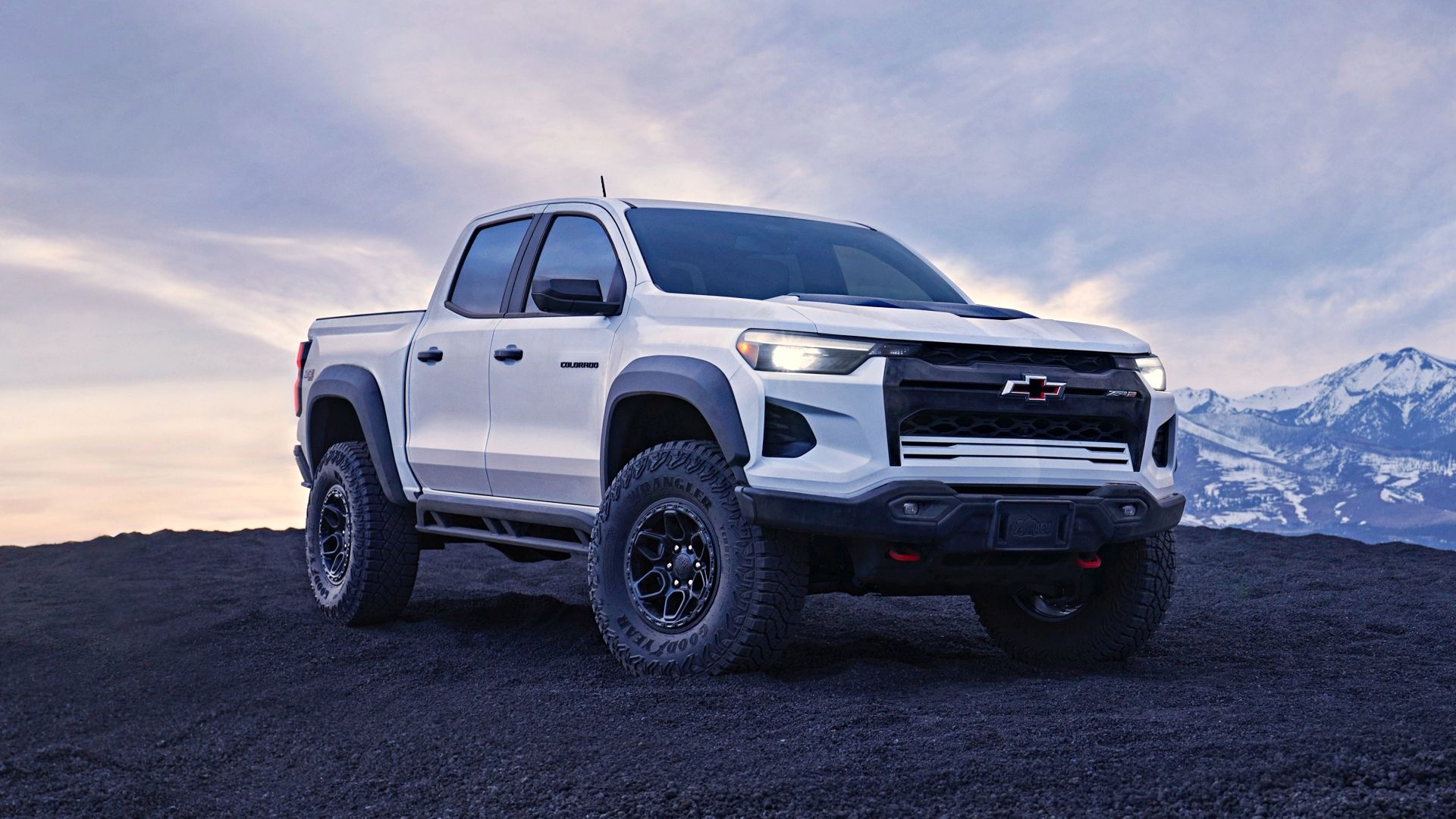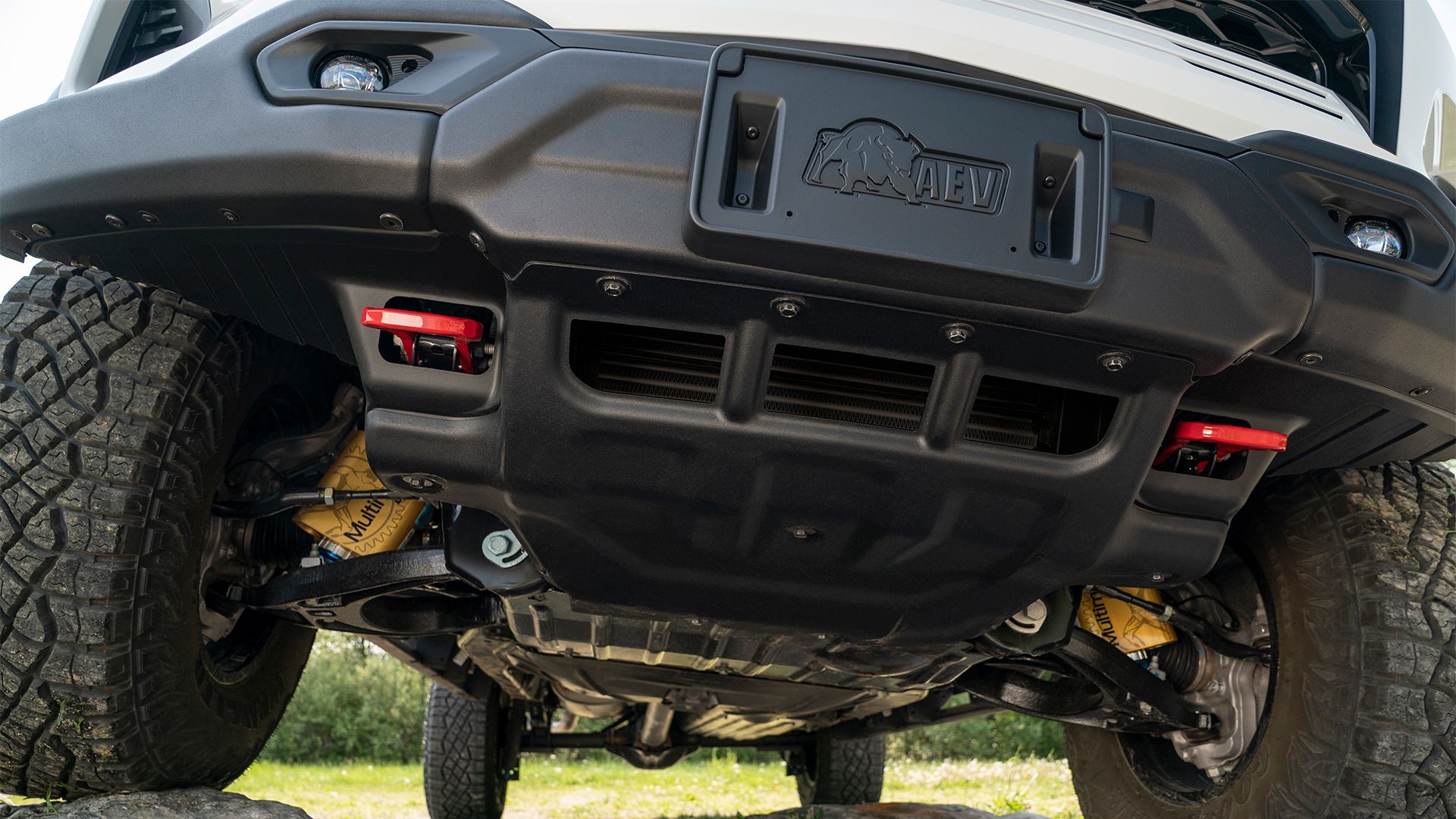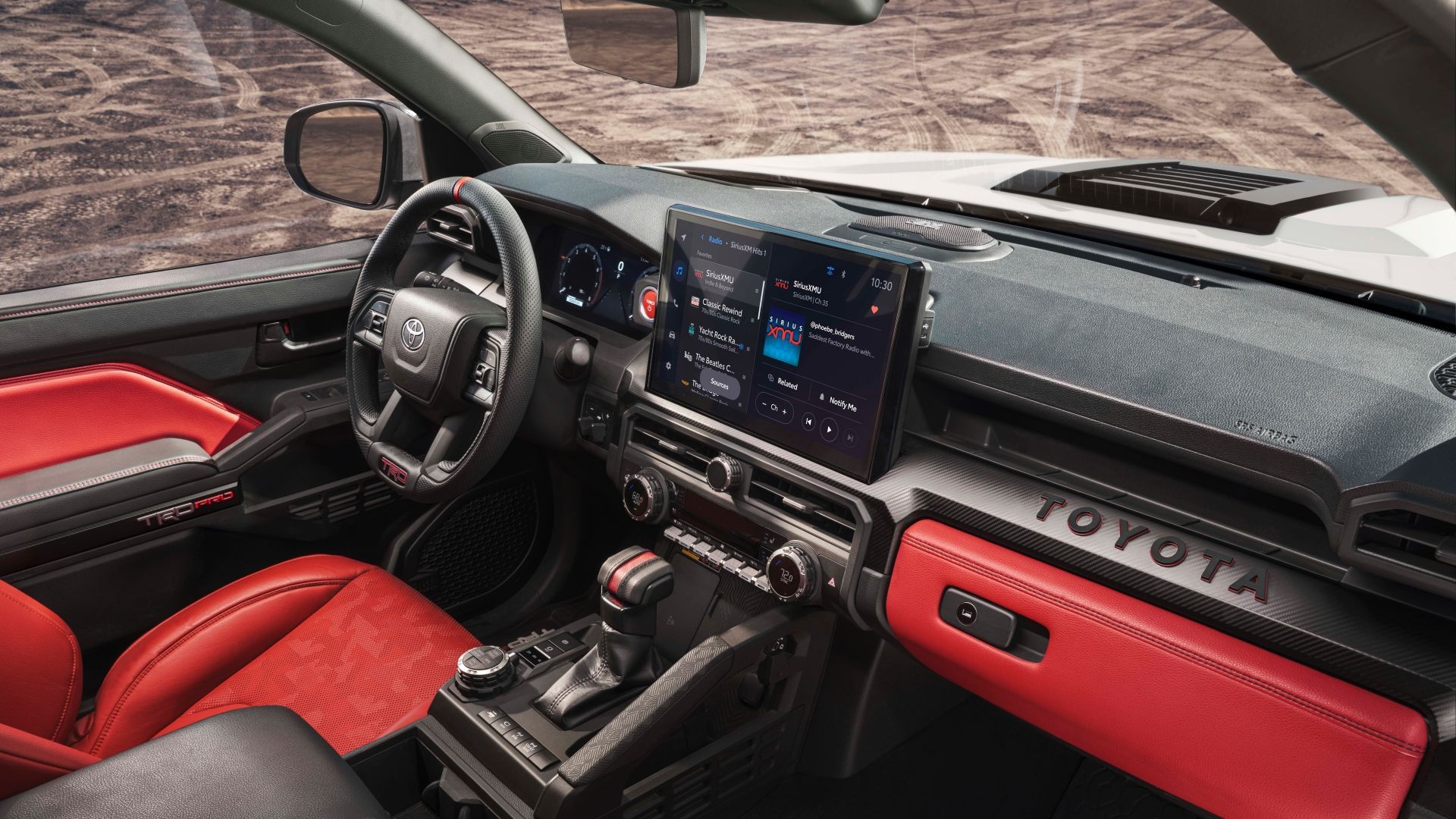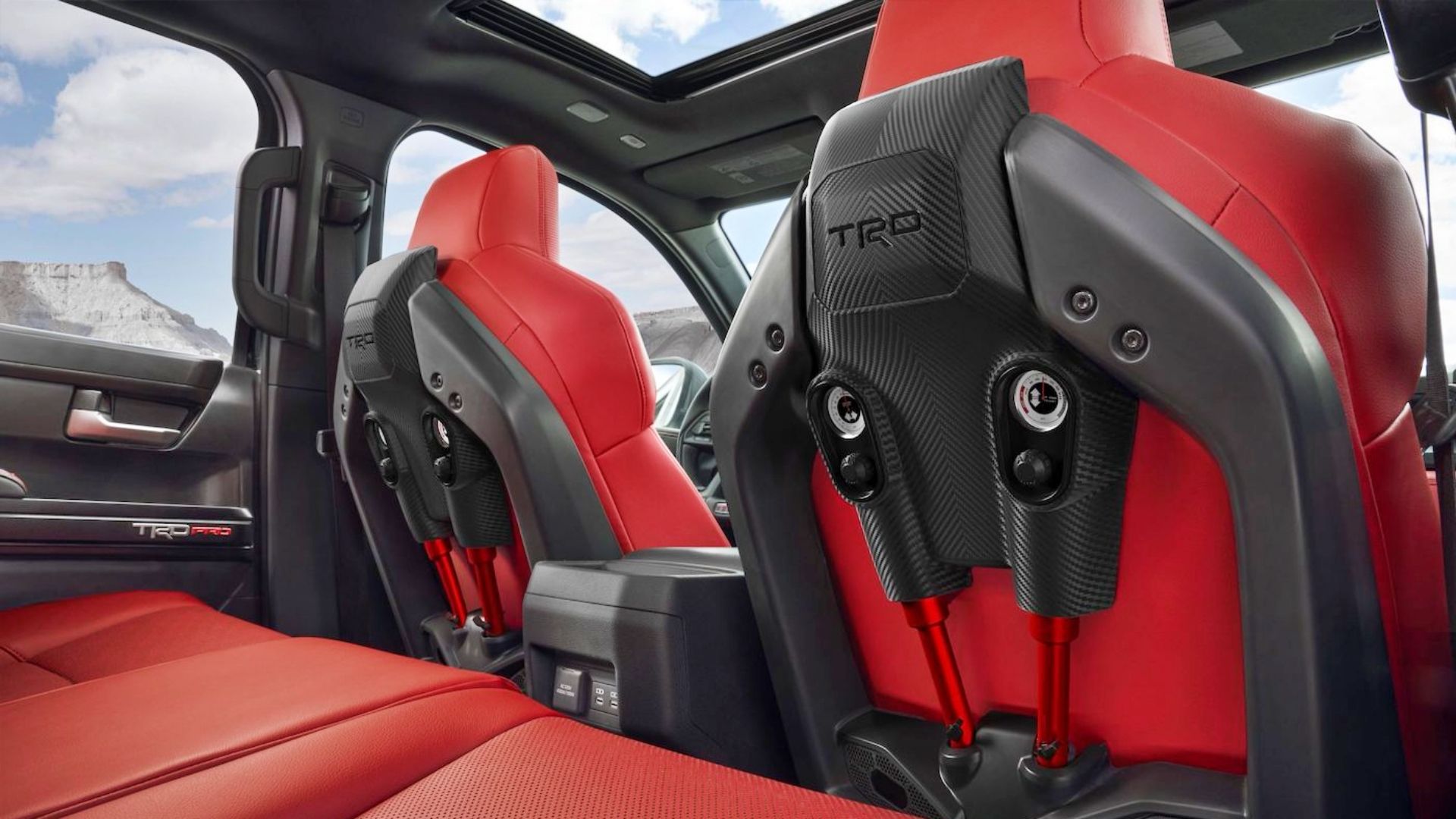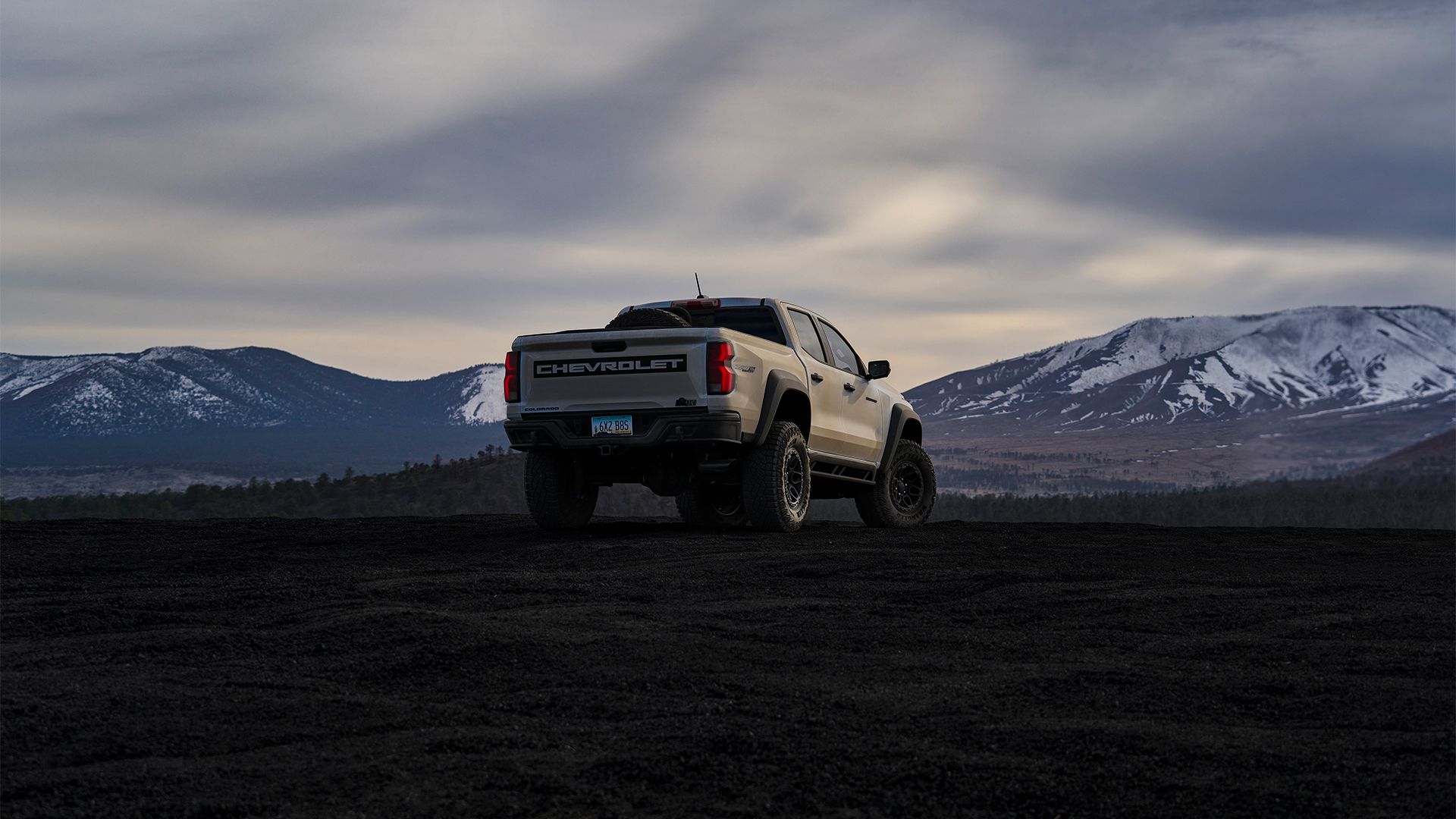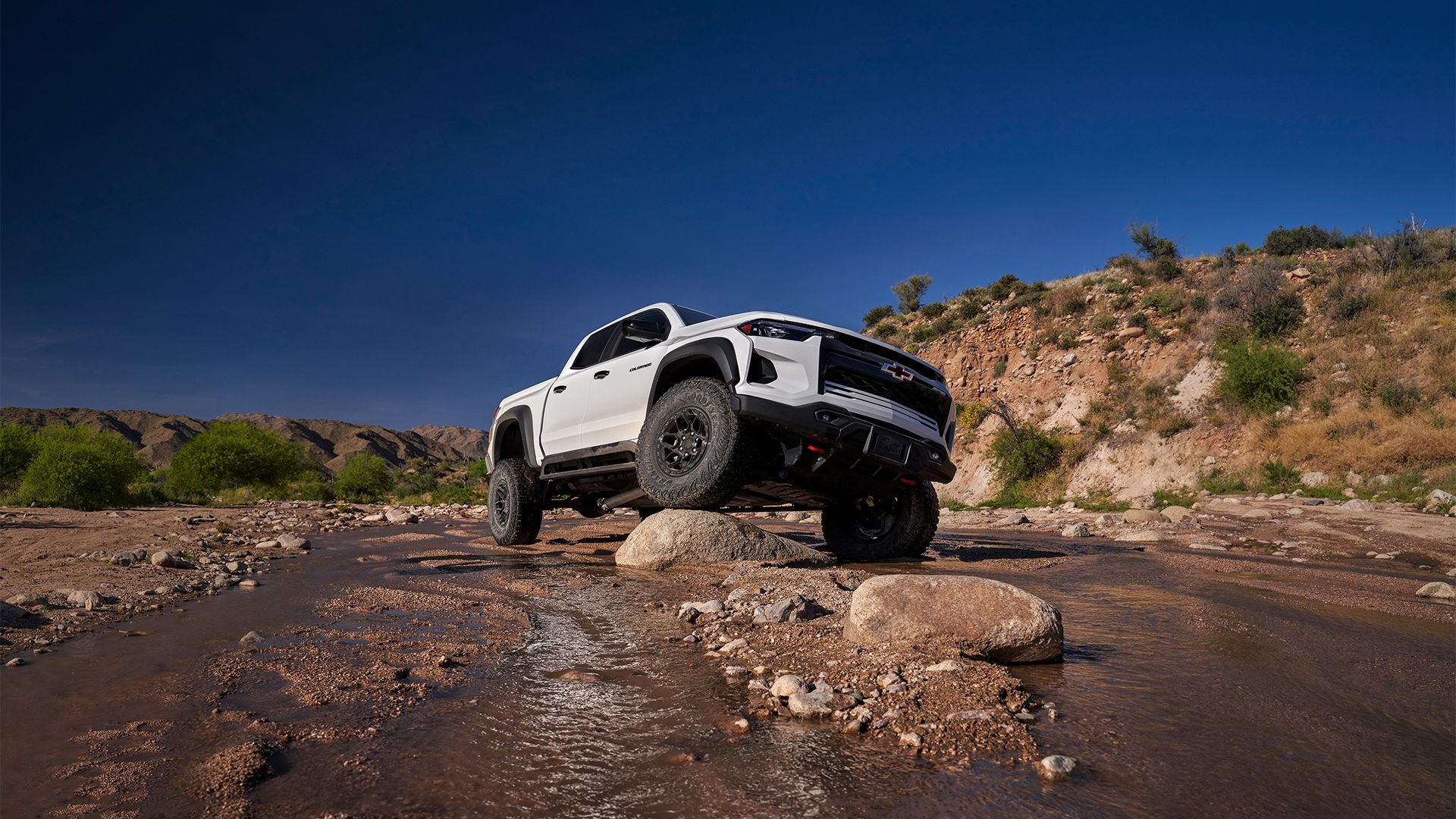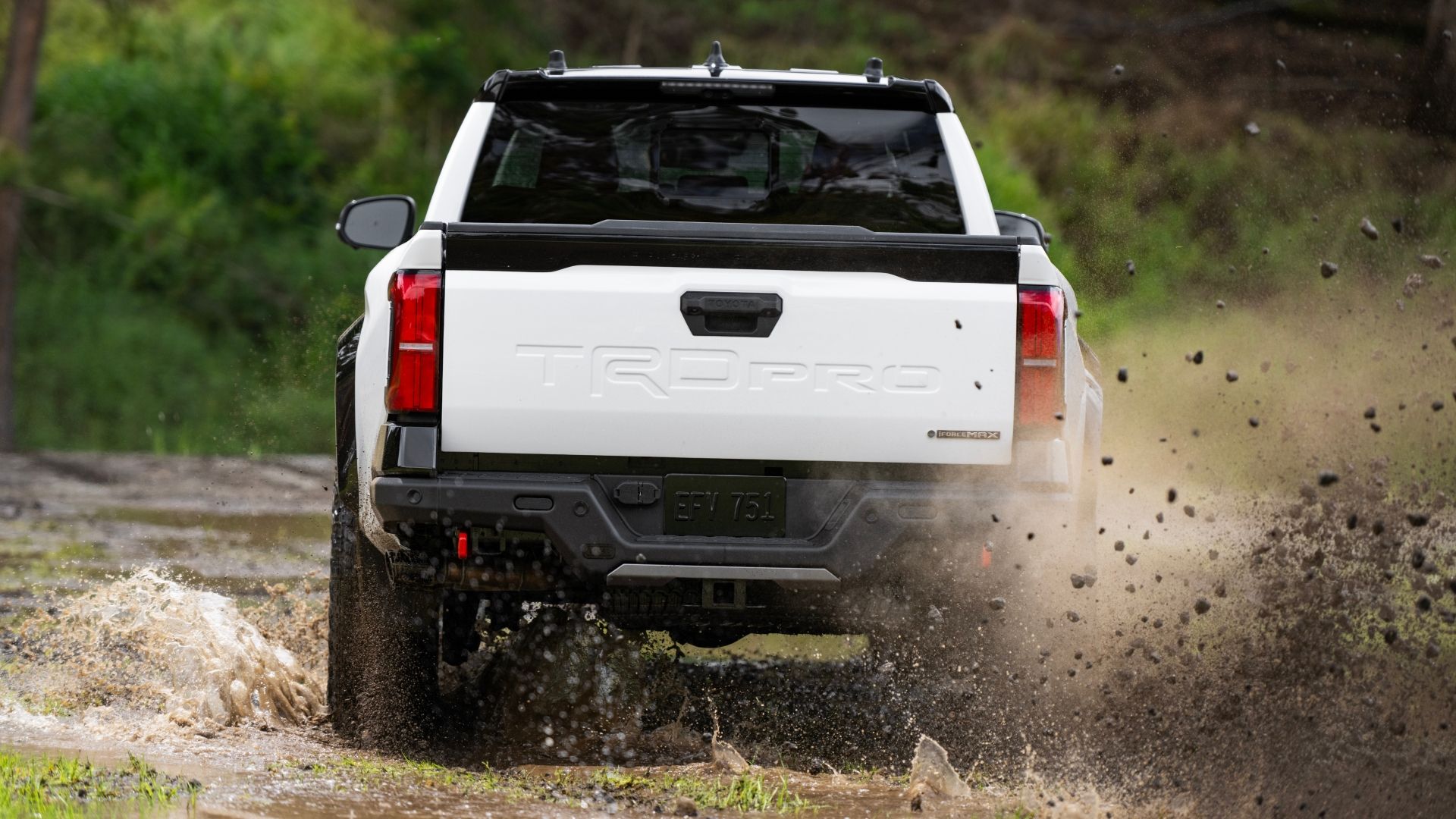Chinese manufacturers seem to be on a roll lately. Ask CFMoto! With so many motorcycles coming out of the Asian continent and finding good responses across the world (Royal Enfield and QJ Motor are living proofs), the time for finding an affordable alternative to your usual American/European bike couldn’t be better.
As more riders seek motorcycles that offer affordability, reliability, and versatility, the recently released Jonway V400 and the Harley-Davidson X350 stand ready to meet these demands. Sure, many challenges may still exist, but the future looks promising for the likes of these motorcycles as they strive to carve their place in the hearts of Western motorcycle enthusiasts. Let’s see how both these entry-level offerings pit against each other.
Jonway V400 vs Harley-Davidson X 350 – Engine
|
Specification |
Jonway V400 |
Harley-Davidson X 350 |
|
Engine |
400cc, V-twin, 4-stroke, liquid-cooled engine |
353cc, parallel twin, liquid-cooled engine |
|
Power |
33 horsepower at 8,500 RPM |
36 horsepower at 8,000 RPM |
|
Torque |
20 pound-feet at 7,000 RPM |
22.8 pound-feet at 7,000 RPM |
|
Gearbox |
Six-speed |
Six-speed |
|
Weight |
396 pounds |
396 pounds |
|
Transmission |
Belt Drive |
Chain Drive |
While both the V400 and the X 350 were conceived in China, their ambitions are global. This is evident in the engine choices of both motorcycles. On one hand, Jonway went with a 400cc powered, V-twin mill, the smallest HD gets the 353cc mill from QJ motor’s very own SRK350. But you’d be a fool if you were to mistake the bigger engine for more power. In fact, it is the smaller 353cc parallel-twin that produces about 3 ponies and pound-feet torque more than the bigger v-twin. Ironically, both motorcycles weigh the same, which would mean the power-to-weight ratio is better on the Harley.
V400 vs X 350 – Underpinnings And Dimensions
|
Specification |
Jonway V400 |
Harley-Davidson X 350 |
|
Length |
81.8 in |
83 in |
|
Ground clearance |
5.5 in |
7.2 in |
|
Seat height |
27.9 in |
32.1 in |
|
Wheelbase |
56.2 in |
55.5 in |
|
Brakes |
Front dual disc, rear disc |
Front floating disc, rear fixed disc |
|
Wheels (Front) |
120/90-16 |
120/70-17 |
|
Wheels (Rear) |
150/80-16 |
160/60-17 |
|
Fuel tank capacity |
3.95 gallons |
2.96 gallons |
Both motorcycles carry some eerily similar underpinnings and some diverse numbers. For instance, both the Jonway V400 and the Harley-Davidson X 350 are very similar in length, wheelbase and dual disc brake setups. However, the X 350 will be a better choice to overcome those obstacles on the tarmac, thanks to its significant ground clearance. On the other hand, the Jonway might be better suited to shorter riders and that is down to its more accessible seat height. The one area where the Jonway V400 has hit the bulls eye is the tank capacity. 3.95 gallons on an entry-level cruiser is a rarity, and one that will inspire confidence if you to take those long-distance highway rides much more often.
V400 vs X 350 – Features And Design
This is where the matter of subjectivity comes in – the design. While one motorcycle takes a fresh approach as a roadster, the other can easily be mistaken for a cheap replica of the Indian Scout Bobber. Starting with the HD X 350, it sports a rather retro-modern aesthetic. All the round elements – the rearview mirrors, the instrument cluster and the headlamp, all ooze of a retro vibe. While the all-LED light setup, petite turn signals, alloys and muscular fairings add a touch of modern-day charm.
Compare the small Harley’s approach to Jonway’s big cruiser aesthetic, and it’s almost the opposite. The cut-out rear fender, the chunky headlight cover, the twin exhaust pipes and even the chrome accents on the blacked-out mechanicals imitate a large American cruiser in every way. There are hardly any differences from the Indian Scout’s design. We wonder what the designers and Indian must be thinking. Apart from the design language, the V400 does get the most features you’d expect from a bike of this caliber. All-led lights, backlit switches, adjustable hand levers, and forward-mounted pegs, all give this an unmistakable cruiser appeal.
Jonway V400 vs Harley-Davidson X 350 – Verdict
Everything said, the two motorcycles will cater to different audiences. While the Jonway V400 will appeal to those seeking an affordable entry-level cruiser to sit back and cruise along the open road, the sportier X 350 from Harley-Davidson will appeal to younger riders wanting to step into the world of HD.
While the Harley roadster will only make it to the US as a part of Harley-Davidson’s riding academy fleet, the V400 isn’t a sure-shot release in the States either. If it does, it would retail somewhere between $6,000 and $7,000, making it a direct competitor to the Honda Rebel 500. But until any official communication, all we can do is save up for the real deal (Indian Scout).
